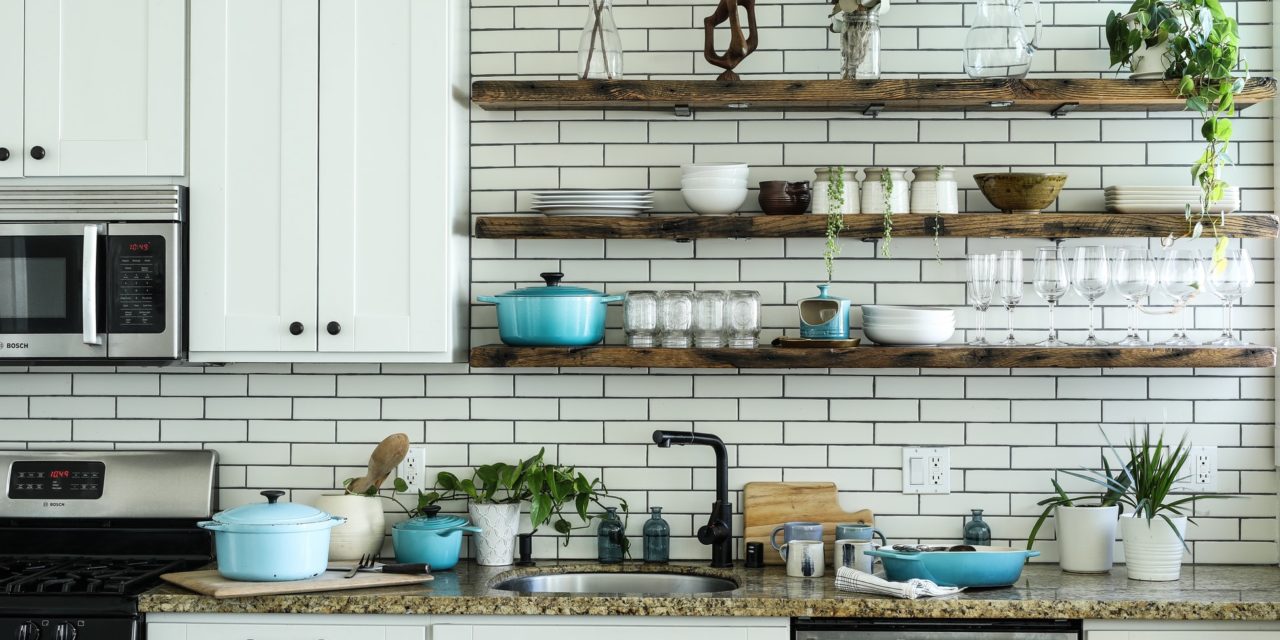[ad_1]
Aluminum cookware has been around for quite a while and has received much improvement since it became available. Together with cast iron and stainless steel, it is a greatly favored kind of cookware. In fact, in excess of fifty percent of all cookware in today's marketplace is made of aluminum. Certain research has hinted that aluminum can be a cause of Alzheimer's disease, however, there is no definitive evidence that aluminum cookware plays any part in the onset of this ailment. For safety reasons, the use of aluminum pans when cooking very acidic or salty food should to be avoided since low quality aluminum cookware may exude small portions of aluminum as the pans become pitted.
There are some different types of cookware on the market such as pressed, cast, and anodized. Lets see the different types.
Pressed aluminum is the less expensive and is generally located in the cookware section of a supermarket or some other retail establishment. Its sale price is cheap and it is known for its screw-in handle and thin construction. In addition, it comprises the highest percentage of aluminum utensils being manufactured today. But these aluminum utensils typically do not last long as the handles become loose or fall off completely and it is really a matter of getting what you pay for. So, I can not recommend this sort of aluminum cookware because over time your costs will be greater and the taste of your food will be inferior.
Now, cast aluminum is not bad and worth the money that you put into it, being manufactured in a slower, although more costly, process, the final product being one which is typically thicker than the pressed aluminum cookware. Further, the bottom and the rims of the pots and pans may be fashioned to be of greater thickness than the sidewalls. The result of such construction is that the aluminum utensil will be less likely to warp or become “out of round.” Cast aluminum has a better heat retention quality than pressed aluminum since it is more porous. With the exception of copper, aluminum cookware is known to be the best in conductivity. You must exercise caution when purchasing the first two kinds of aluminum cookware and be certain that you read the label. Most brands are polished or coated, and so knowing exactly what you are buying can be extremely hard, and you certainly do not need to spend more than is necessary.
Lastly, anodized or hard anodized aluminum cookware is the top and this is the kind which I advise that you buy. Hard anodizing results from an electro-chemical procedure which enhances the natural oxide film found in aluminum. In addition, this procedure results in the aluminum having a hard, non-oxidizing finish that doesn't stick and is resistant to scratching. There will then be no reaction between the aluminum and either salty or acidic foods. And the surface achieves a hardness greater than that of steel. It isn't difficult to understand the durability which the aluminum then has. This type is the best of the three. Hard anodized aluminum cookware can be identified by the dark gray color it assumes due to the anodizing procedure. This kind of aluminum cookware is the most costly of all types, but it is well worth the money. Food will not stick, it is simple to clean and it is light weight. This kind of aluminum cookware is in the class of stainless steel, cast iron and copper cookware.
[ad_2]
Source by Fabio Jesus


